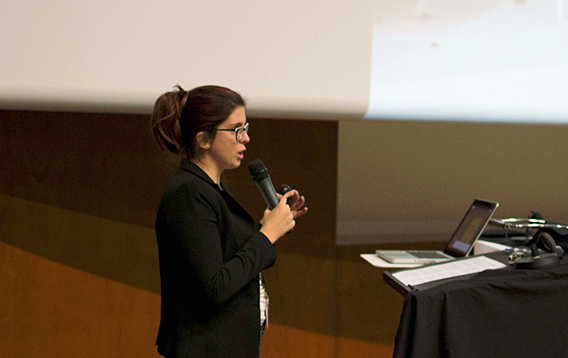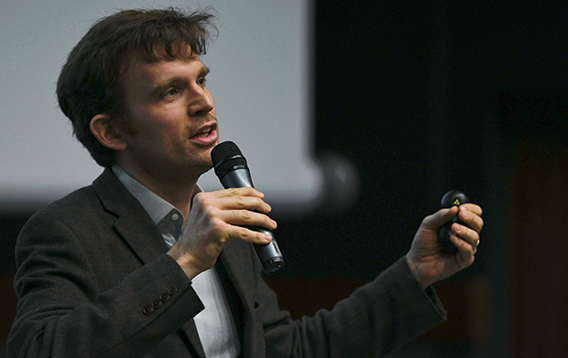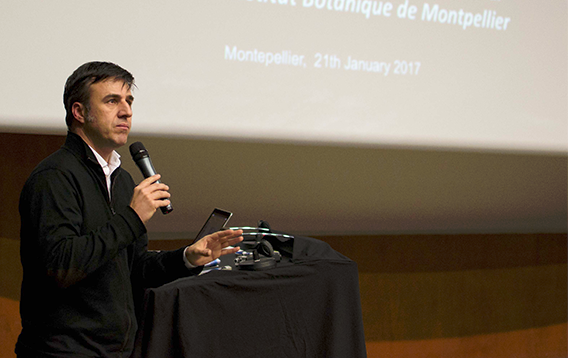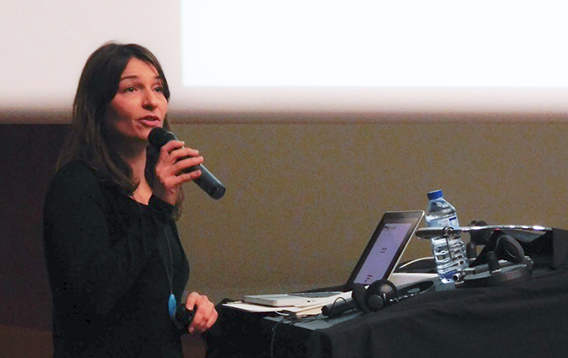
Our work is to answer your ambitions of modeling an environment and the desire to act and interact in a system…
Our work is to answer your ambitions of modeling an environment and the desire to act and interact in a system and a complex living environment, that is the public space in order to literally give an urban sense. We bring knowledge about the public spaces we want to share online, in order to provide useful solutions for citizens and users of these spaces. We base our thinking and work on Patsy Healey’s book “The Urban Complexity of Spatial Strategies: Relational Planning for Our Times”. In this book she says, “We socially construct interpretations of what is happening, interacting with others. It was this achievement that allowed me to focus on the quality of the interactions through which the planning work is carried out; Including their communicative dimensions. “From this base, we manufacture products for the city. We are well aware that we are not architects, however, we must be able to understand the social interaction they are supposed to generate, with our own means. Without this interaction, public space would make no sense at all. It is the very complex reality of our cities. For us, the element of urban furniture is the connecting element between people, these are objects that make cities on our scale, on an urban scale. After the vegetation, the elements of urban furniture are those most capable of providing a human proportion to the public spaces by appealing to the perception of the citizens, but also to the identity and the collective sense. Public spaces require that an essential activity takes place there, that people leave their homes with the symbolic aim of taking advantage of space, energizing it. So, sometimes, you are not just an individuality, but a part of a common composition; It is about the environment that will be experienced and will have needs. What is going to happen in these spaces is something we have to think upstream. We need functional and comfortable elements for the user. This object has a meaning, an ultimate goal, which is to express the function in a very simple way. We understand the city as a shared territory, a common land where citizens live. The basic policies now tend to reduce the apparent gaps in cities on this subject, because we need to have somewhere to simply communicate and have our social activities. Today we live in a city with 60% efficiency and hyper connection to the internet. That’s why we supply elements of urban furniture with a meticulous economy and a certain elegance. It’s that simple, because the concept of social interaction has just happened. In the 19th and 20th centuries, nighttime was often reduced to a time of inactivity, where daytime activities could not be prolonged and were greatly reduced. Today this gap between nocturnal and diurnal is more and more reduced, and the city tends to come alive in a timeless manner. Nowadays, the city is increasingly insomniac. We see lighting as one of the main tools of urban design in forging new relationships between day and night realities, where technology and creativity are essential to the perception of the richness of the urban space Complex completeness. No matter how long we spend in public spaces, we can do so much, and today it is a necessity, a need, that shapes and modifies spaces. We are helping the city to become more resilient, a more civilized city, with a defined perimeter. Today, new technologies are changing our means and ways of communicating with each other, more quickly and instantly; Therefore the urban elements must be able to adapt to our new society; But I do not think that this solution will last, this behavior tends to collapse, and technology is perhaps today the last; But next week it will be obsolete.
by Africa Sabé
Santa & Cole



